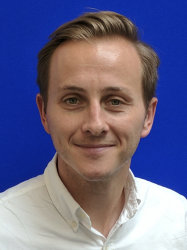BibTex format
@article{Vining:2018:10.1002/adma.201704486,
author = {Vining, KH and Scherba, JC and Bever, AM and Alexander, MR and Celiz, AD and Mooney, DJ},
doi = {10.1002/adma.201704486},
journal = {Advanced Materials},
title = {Synthetic light-curable polymeric materials provide a supportive niche for dental pulp stem cells},
url = {http://dx.doi.org/10.1002/adma.201704486},
volume = {30},
year = {2018}
}

